After years of construction, the new Assiut barrage over the Nile in Egypt was inaugurated this summer. KfW provided around EUR 300 million for the project. It is a mammoth construction that is of particular benefit to small farmers in the region. The water supply for their scarce agricultural land is now secured again.
About Mr Jacobi
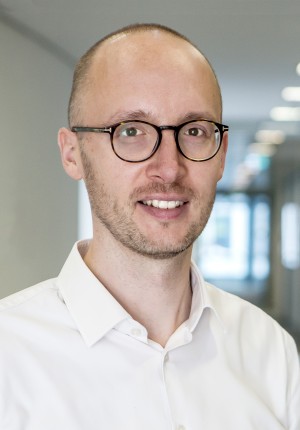
Sebastian Jacobi has been working for KfW since 2005. After working for one year as an advisor for the German Federal Ministry for Economic Cooperation and Development (BMZ), he has been senior project manager for KfW projects abroad since October 2017.
Mr Jacobi, in mid-August, the Egyptian president Abdel Fattah el-Sisi inaugurated the Assiut Barrage. KfW contributed around EUR 300 million to financing this water project in the Nile Valley on behalf of the German Federal Government. What does the project consist of in detail?
The funds were used to build a barrage over the Nile with the primary aim of irrigating agricultural land. A hydropower plant was also built that produces green electricity for 130,000 households. The barrage also includes a double navigation lock for ship traffic and a multi-lane road flyover along the 900-metre-long river barrier.
What is the economic significance of the project in the region around the city of Assiut, 400 kilometres south of Cairo?
The barrage supplies the Ibrahimiyya Canal with water. The 350-kilometre-long canal branches off above the barrage, runs parallel to the Nile and is extremely important for irrigating farmland in this region. Twice as much water flows through the Ibrahimiyya Canal as it does through the Main River in Germany, for example. Or, take another comparison: the canal irrigates farmland three times the size of the Saarland (a state in Germany).
Facts and figures
Learn more about the new barrage over the Nile River in our video (KfW Group/Ann-Kristin Emden).
Who benefits most from this water supply?
The Assiut project secures income and creates employment opportunities for five million people, most of them poor, who subsist on smallholder farming. They grow wheat, maize, vegetables and cotton and breed cattle. They grow this food mainly for themselves and their families and supply the local market. The Assiut project doesn't just safeguard their income, it can also increase it. This is important because the region is experiencing high population growth and rural flight.
Would people move away without an adequate supply of water?
Yes, because water is the basis for their livelihoods and secures their income. Without any basis for income, many people would be forced to move away.
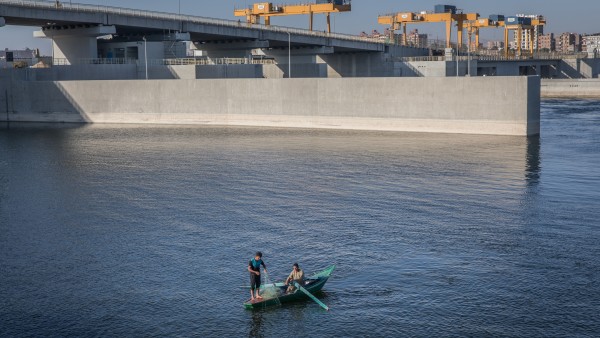
Life-line
The Assiut project secures the income of around five million predominantly poor people who are dependent on the Nile.
Do the farmers have to pay for the water?
No, not so far. And this is not without problems. Since the water is free for the farmers, there is little incentive to use it more sparingly. On the other hand, Egypt is a very dry country and water is scarce so the available water must be used more efficiently. The barrage in Assiut also contributes to these efforts.
The Nile Valley is a narrow green belt running through the desert country with 100 million inhabitants. How important is the longest river in the world for Egypt?
It is the country's life-line. 95 per cent of the water resources used by the country come from the Nile. In addition to the supply of drinking water, irrigation for farmland is also completely dependent on the Nile, which in turn is an important pillar of the Egyptian economy.
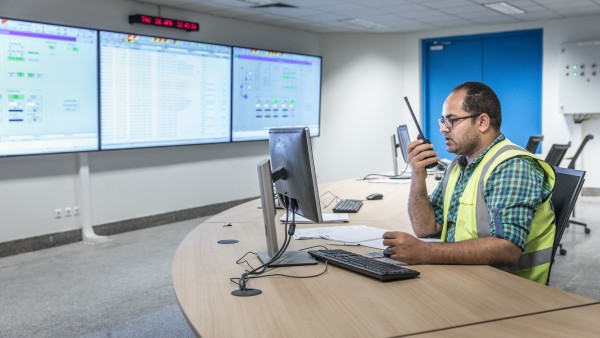
Jobs
Around 300 people are employed by the operator of the barrage and the hydropower plant.
Is this kind of farming viable in the long run? Don't the fields suffer from being continuously irrigated with polluted river water?
Pollution of the river water is less problematic. The soil suffers much more from degradation and salinisation in places where farmland is not adequately drained after irrigation. When the fields are drained properly, they can be used much longer and more intensively. We also finance drainage systems of this kind in our projects.
To date, KfW has invested some EUR 630 million in water projects in Egypt. Apart from the Assiut project, which projects are these?
We finance the modernisation of irrigation infrastructure – for example, irrigation and drainage canals and pumping stations – as well as drinking water supply and waste water disposal projects, i.e. water companies, drinking water systems, sewage treatment plants and sewer networks. Our aim is to contribute to improving the quality, sustainability and efficiency of water management in Egypt.
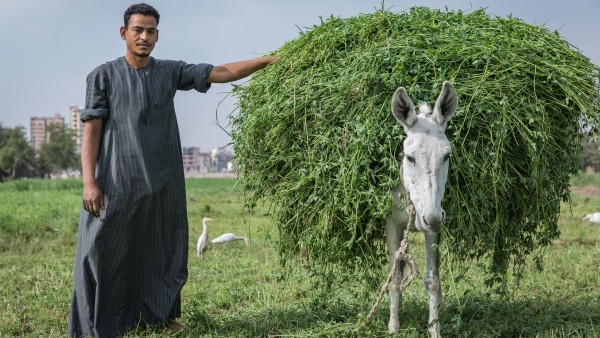
Source of income
Most of the people who benefit from the Assiut project are small farmers. They are cattle breeders and grow wheat, maize, vegetables and cotton. Most of them make a living from it for themselves and their families and produce for the local market.
Were there any particular technical challenges in the Assiut project?
The project was highly complex. Just one example: the Nile had to be diverted during the construction phase of the barrage. Think about it: this means that you have to ram huge walls into the ground while Nile water is flowing to then be able to pump the barrage construction site dry. A highly specialised company from Germany took on responsibility for this task.
How long did it take to build the Assiut project?
The construction phase lasted six years. And this means that, by and large, we have stayed on schedule, which is remarkable for a project of this size and complexity, especially when compared to the progress of other large-scale projects in Germany.
How many Egyptians worked on the Assiut project?
We estimate that around 7,000 jobs were created during the construction phase, mainly in the construction sector, but also in the metal and electrical industries.
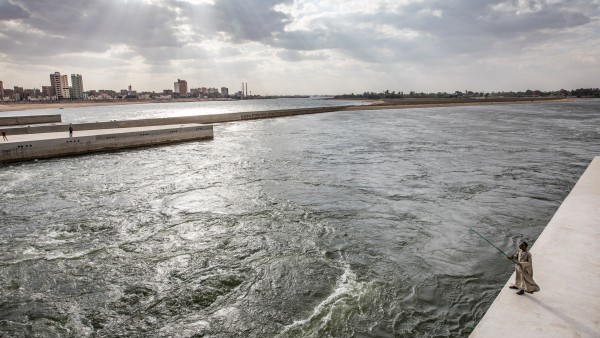
Potential as good as exhausted
A certain height differential is required for a hydropower plant. In Egypt, however, the Nile hardly has a gradient.
And how many people are permanently employed by the barrage and hydropower plant operator?
Approx. 300 people.
What role does Egypt play for KfW on the continent?
KfW has financed projects in Egypt totalling almost EUR 2 billion on behalf of the German Federal Government. In addition to water projects, these are primarily energy projects and projects to promote sustainable economic development.
Does the river have further potential for hydropower?
The potential is as good as exhausted for large hydropower plants. A certain height differential is required for a hydropower plant. In Egypt, however, the Nile hardly has a gradient.
”95 per cent of the water resources used by the country come from the Nile.“
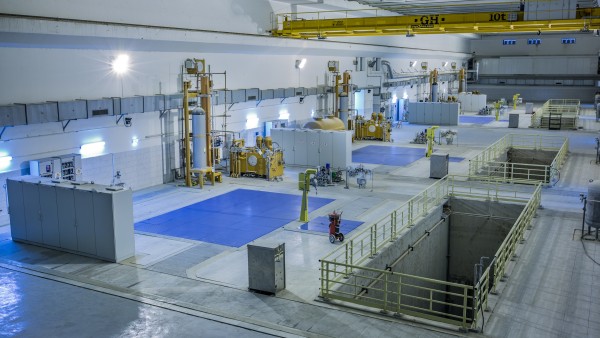
Inner life
Impressions from inside the dam.
The Nile is already dammed in four of the ten neighbouring countries. It's a politically and economically contested river. What problems does Egypt face as the country on the lower reaches of the river?
Water scarcity is already widespread in Egypt with its steadily increasing population. Climate change will further exacerbate this situation. Some of the planned dam projects on the upper reaches of the Nile have the potential to further complicate the situation. This could lead to conflicts in distribution.
Ultimately, a solution can only be found through dialogue between the countries along the river. In addition, of course, it makes sense to introduce measures to use water more efficiently, which we support through the projects we finance.
Is the volume of water in the Nile a parameter for the efficiency of the Egyptian economy?
At least when it comes to farmland irrigation. If water resources diminish, it will be severely impacted. Egyptian agriculture is based almost exclusively on irrigation.
KfW provided around EUR 300 million in loans for the Assiut project. Can you compare the capital volume with other KfW investments?
The construction of this Nile barrage is the largest single water project ever financed by KfW worldwide.
Published on KfW Stories: Monday, 22 October 2018
The described project contributes to the following United Nationsʼ Sustainable Development Goals
Goal 6: Ensure access to water and sanitation for all
There is no life without water! We need it for drinking, but also for producing food in agriculture. The United Nations thus recognised access to clean drinking water as a human right in 2008. However, 748 million people still live without clean drinking water. According to estimates, this causes the deaths of 5,000 children around the world each day. 2.5 billion people lack access to basic sanitation services.

All United Nations member states adopted the 2030 Agenda in 2015. At its heart is a list of 17 goals for sustainable development, known as the Sustainable Development Goals (SDGs). Our world should become a place where people are able to live in peace with each other in ways that are ecologically compatible, socially just, and economically effective.

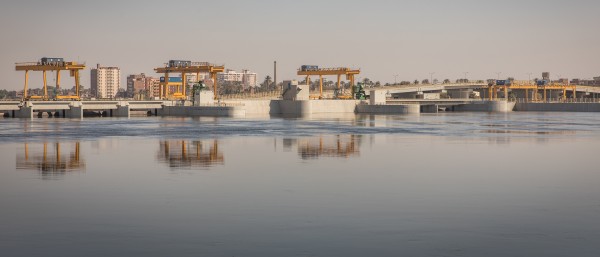
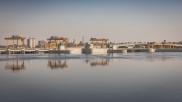
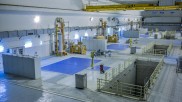
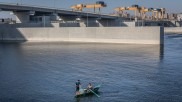
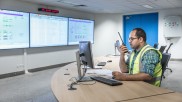
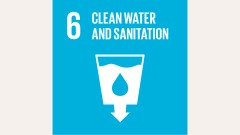
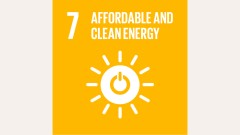
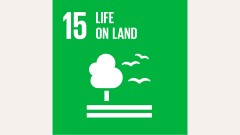

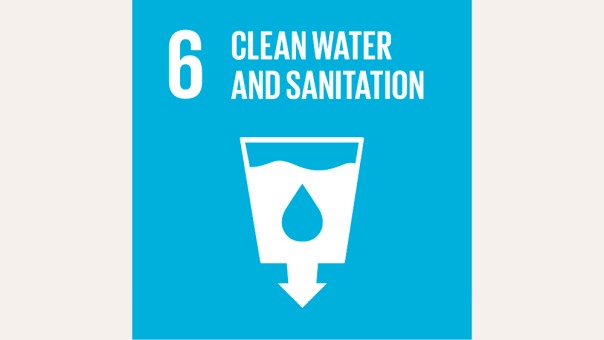
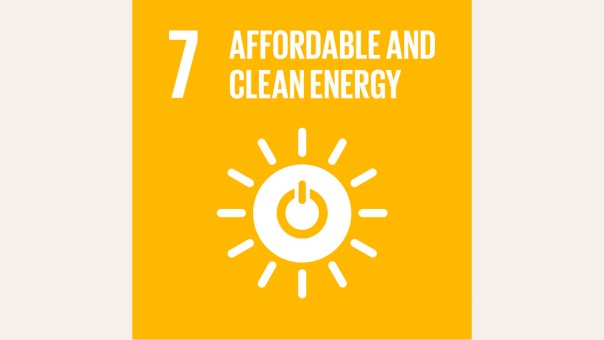
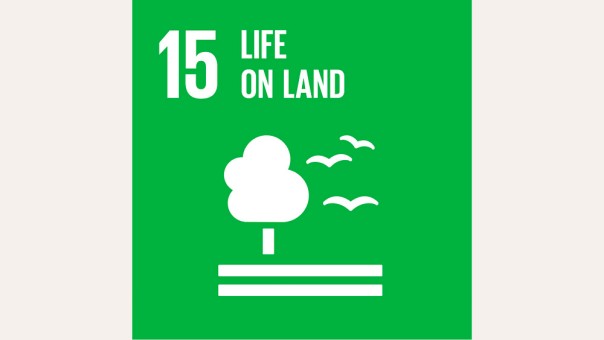

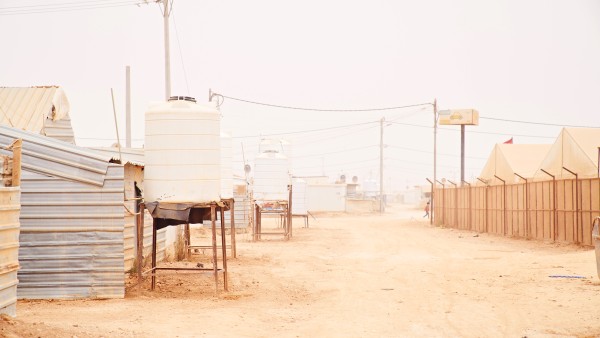
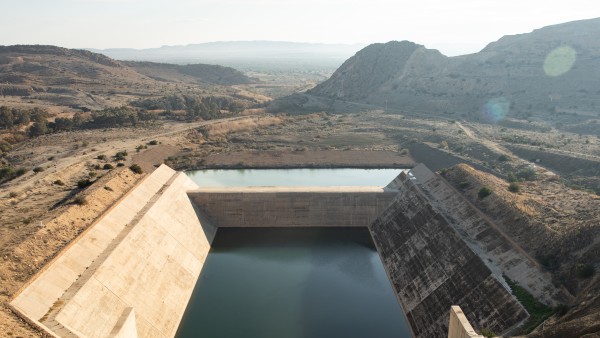
Data protection principles
If you click on one of the following icons, your data will be sent to the corresponding social network.
Privacy information